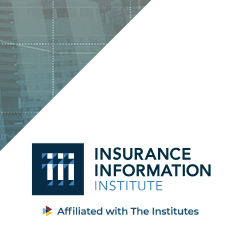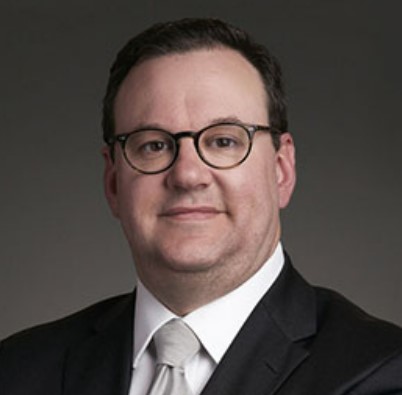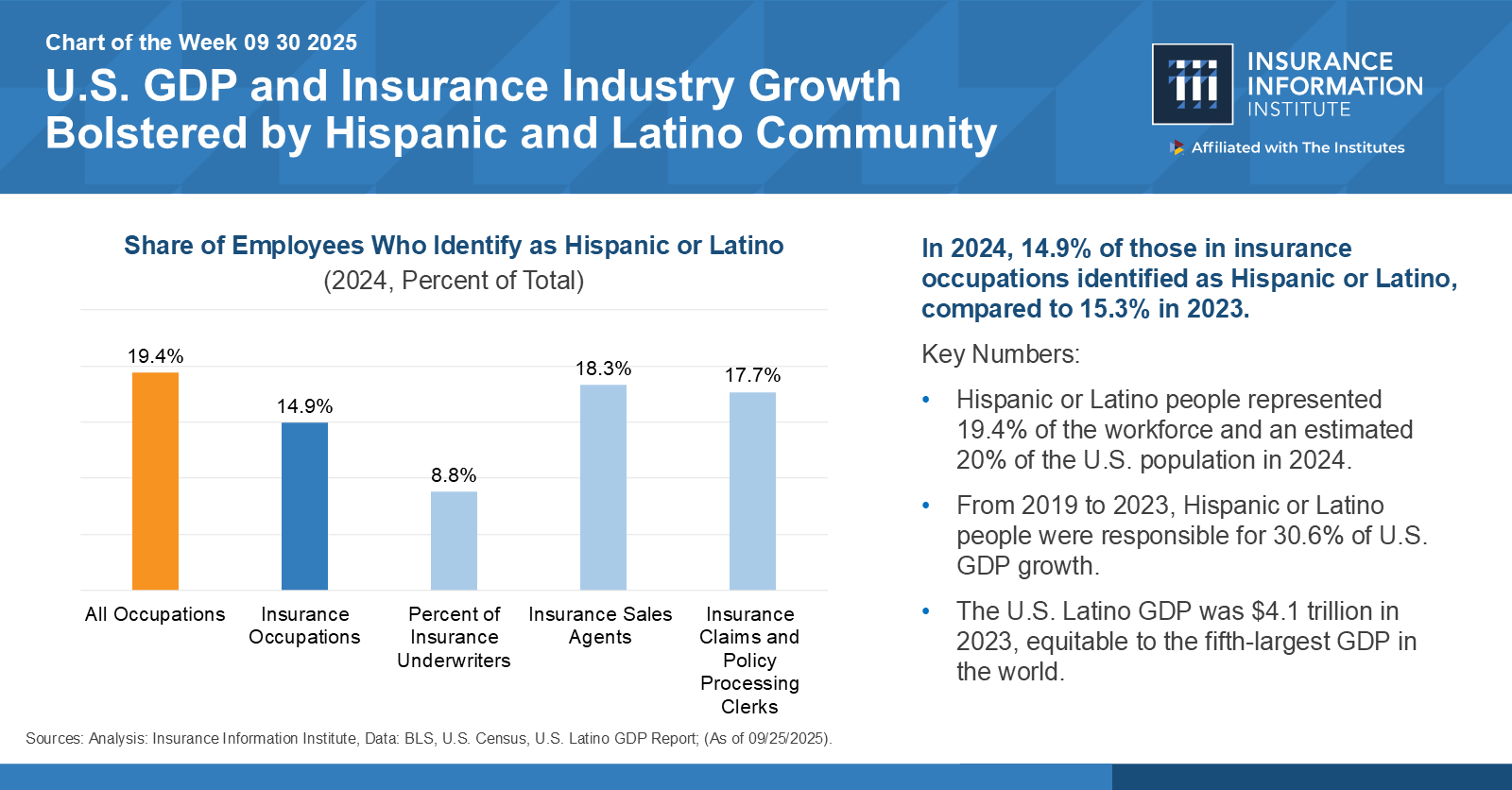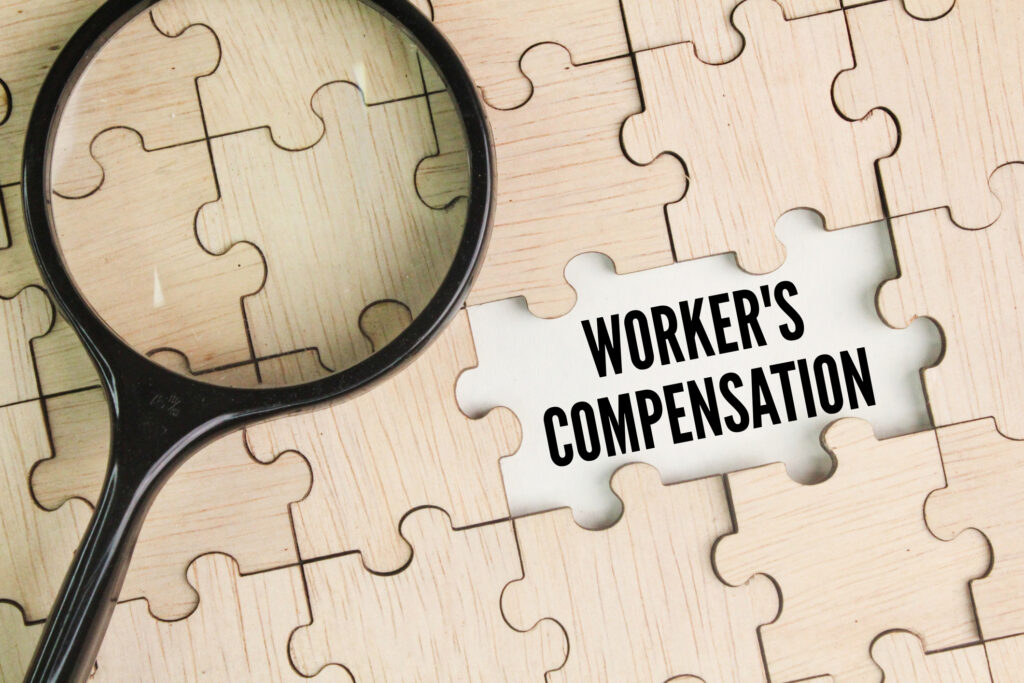
By Lewis Nibbelin, Research Writer, Triple-I
Insurance is a trust-based business. Providing safety and security in a risky, unpredictable world is the core function of our industry, which hinges on engendering consumer peace of mind.
Yet trust has become a scarce commodity as U.S. adults report successively lower average levels of trust by generation, with only 34 percent agreeing that “most people can be trusted” in 2018 compared to 46 percent in 1972. Trust in institutions appears similarly bereft, according to a global survey from SAS and Economist Impact that links the current $1.8 trillion protection gap to pervasive distrust in insurers.
To improve public and cross-sector relationships, Allstate and the Aspen Institute recently launched the Trust in Practice Awards, a grant program honoring non-profit organizations that support civic engagement, volunteering, and bridging differences with intergenerational participants. Backed by the Allstate finding that 74 percent of Americans remain optimistic about their community’s future, the initiative aims to broadly recoup trust by first establishing a strong foundation in neighborhoods, schools, and local organizations.
By reversing community distrust – which “undermines democracy, increases anxiety, and reduces personal freedom,” said Tom Wilson, Allstate president and CEO – the program could motivate collective action and resilience efforts on a larger scale, sending ripple effects of greater trust nationwide.
Fueling economic outcomes
Such effects can further stimulate measurable economic growth. A 2025 PwC survey indicates that introducing “trust or safety” features substantially increases engagement and purchase intent, with 72 percent more likely to engage, 68 percent open to new products, and 59 percent open to related merchandise.
Despite clear benefits, trust-building investments continue to face widespread scrutiny as a perceived barrier rather than facilitator of growth, the survey notes. Whereas AI, for instance, might quantifiably boost operational efficiency and reduce costs, pinpointing similar results from specific trust and safety measures can be more challenging, potentially leading organizations to overlook their importance.
Triple-I and SAS centered the insurance industry’s role in guiding these conversations in their 2024 research on ethical AI implementation, highlighting the technology as an opportunity for insurers to educate businesses less experienced with complex safety regulations. Prioritizing data privacy and integrity must occur alongside any innovation, the report emphasizes, to alleviate these concerns for consumers across all industries.
Transparent discussions are also key to combating legal system abuse, valued at $6,664 per family of four in added costs for basic goods and services. Commandeering the trust once associated with insurers, predatory “billboard” attorneys invest billions of dollars annually into advertising inflated settlements that often yield only marginal awards for the injured party, creating a more uncertain and deceptive litigious environment.
To bolster stakeholder education on the reality of legal system abuse, Triple-I founded an awareness campaign that includes multiple brick-and-mortar interstate billboards in Downtown Atlanta and a consumer guide, co-authored by Munich Re, that explains its economic impacts. A consumer microsite additionally promotes various state reform movements.
Trust is neither automatic nor unilateral. While legal reform momentum and cutting-edge insurance products can help restore affordable and widely available coverage, closing the protection gap will require ongoing coordinated efforts that can translate for modern audiences the industry’s dedication to putting people first.
Learn More:
‘Predict and Prevent’ Insurance Model Can Restore Consumer Trust: Nationwide
Survey: Homeowners See Value of Aerial Imagery for Insurers; Education Key to Comfort Levels
Human Needs Drive Insurance and Should Drive Tech Solutions
Triple-I Brief Highlights Legal System Abuse and Attorney Advertising









